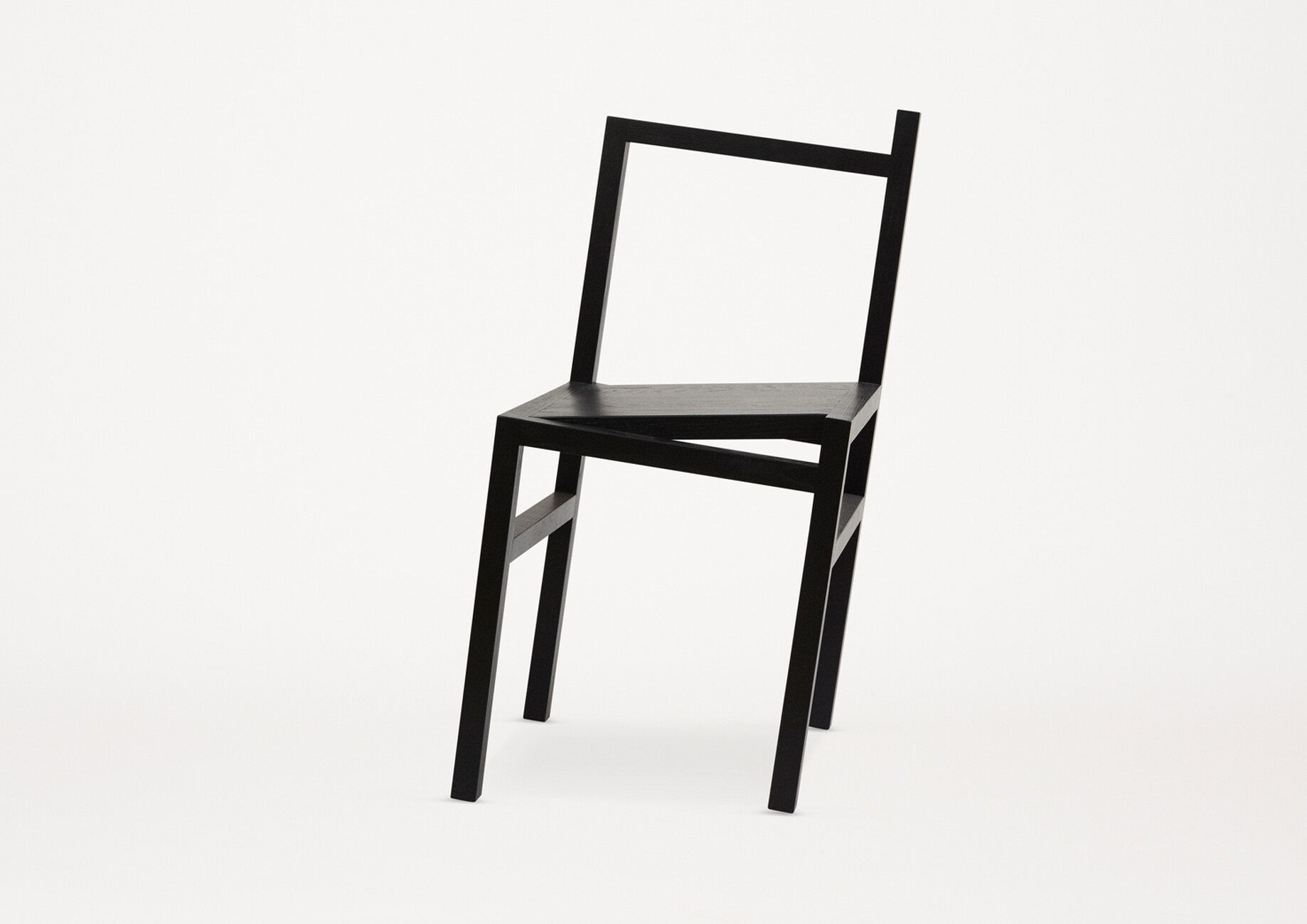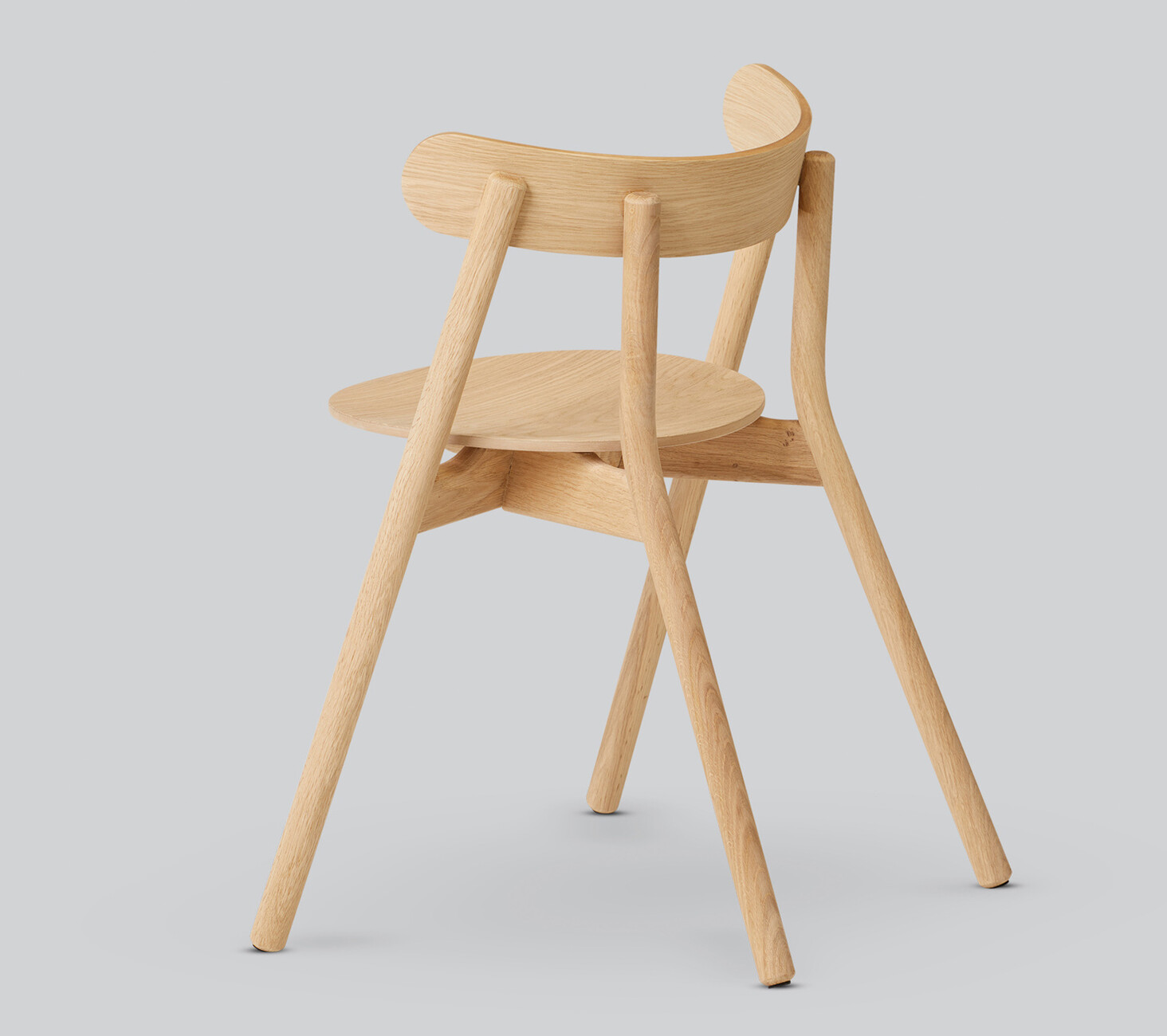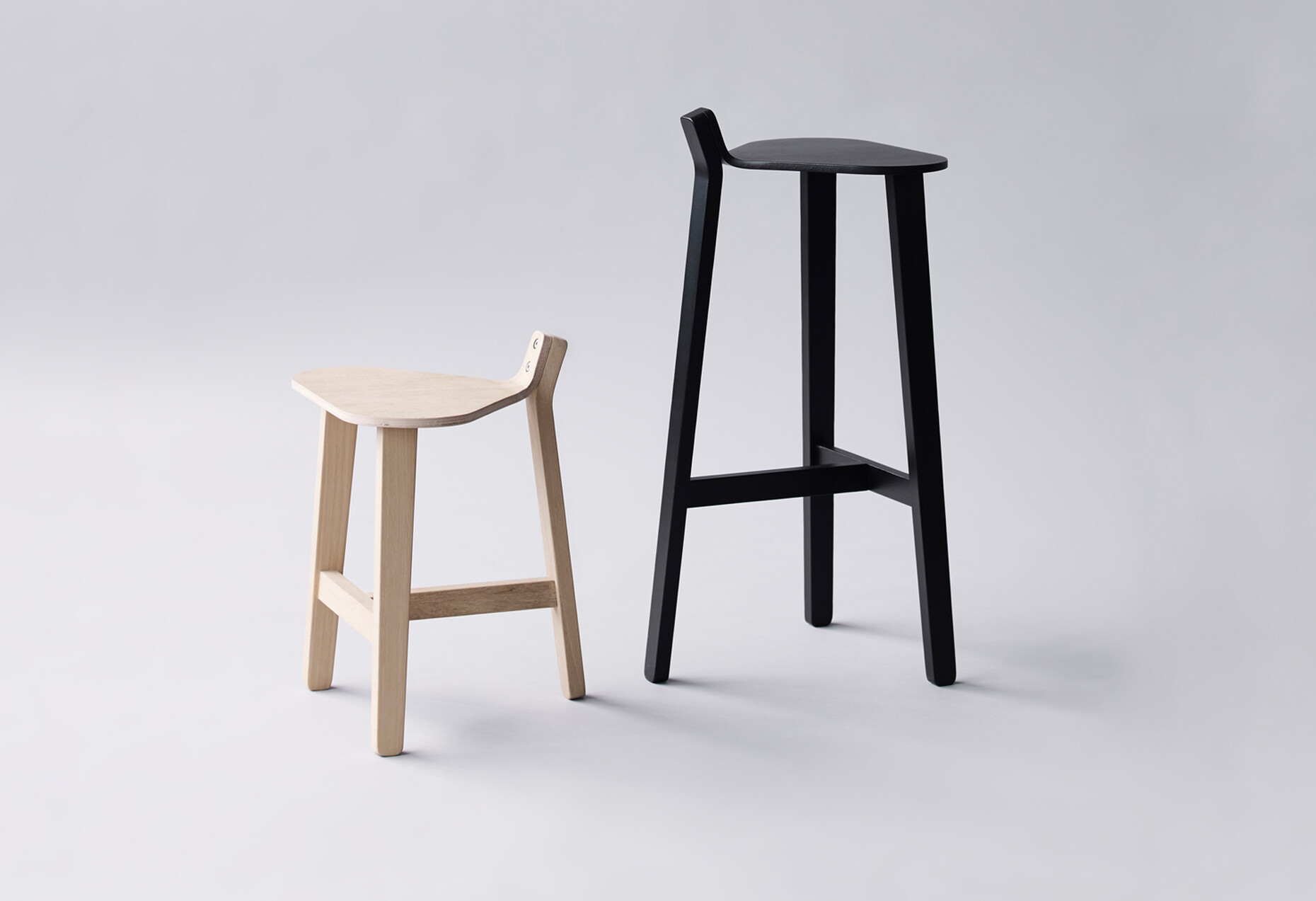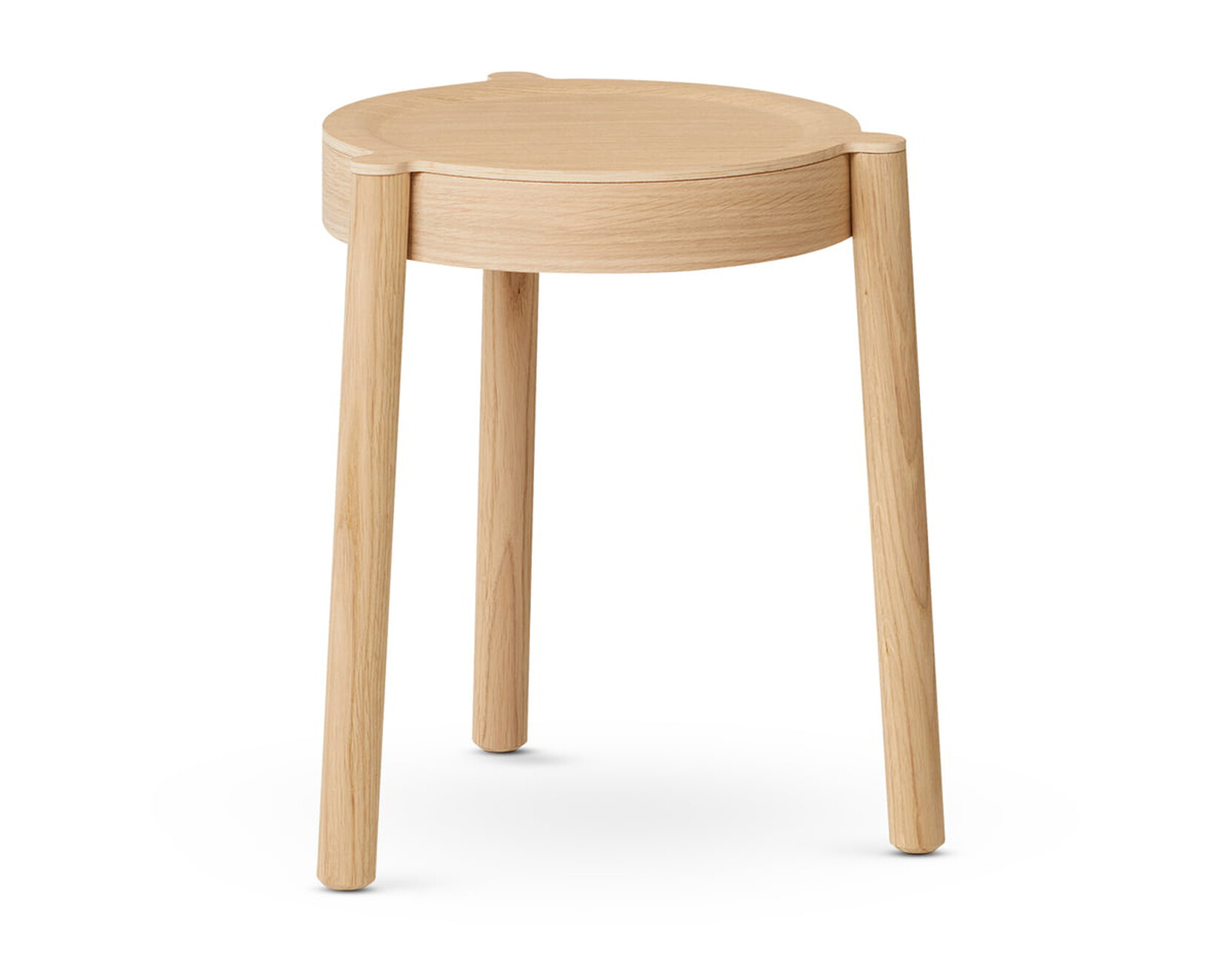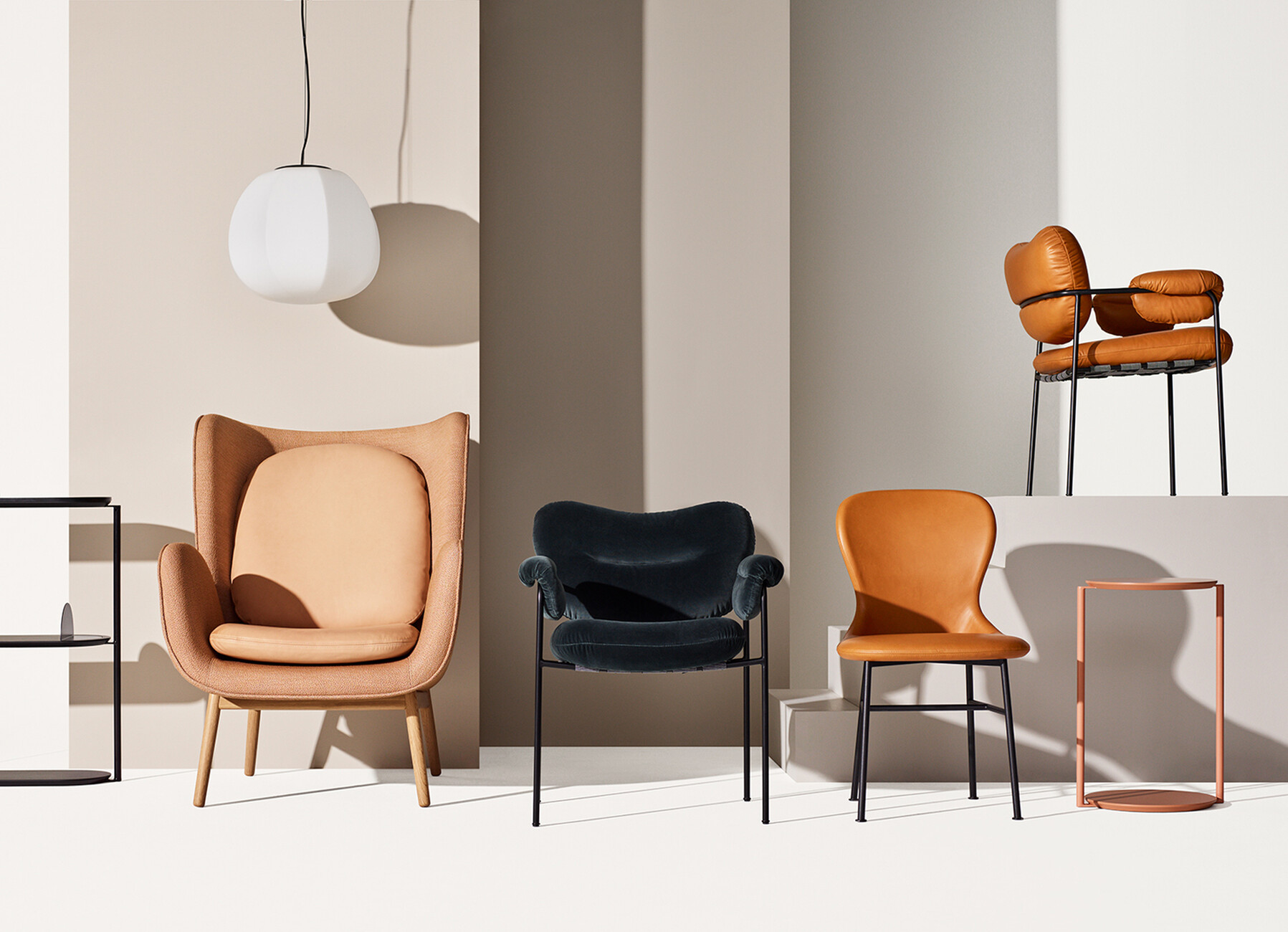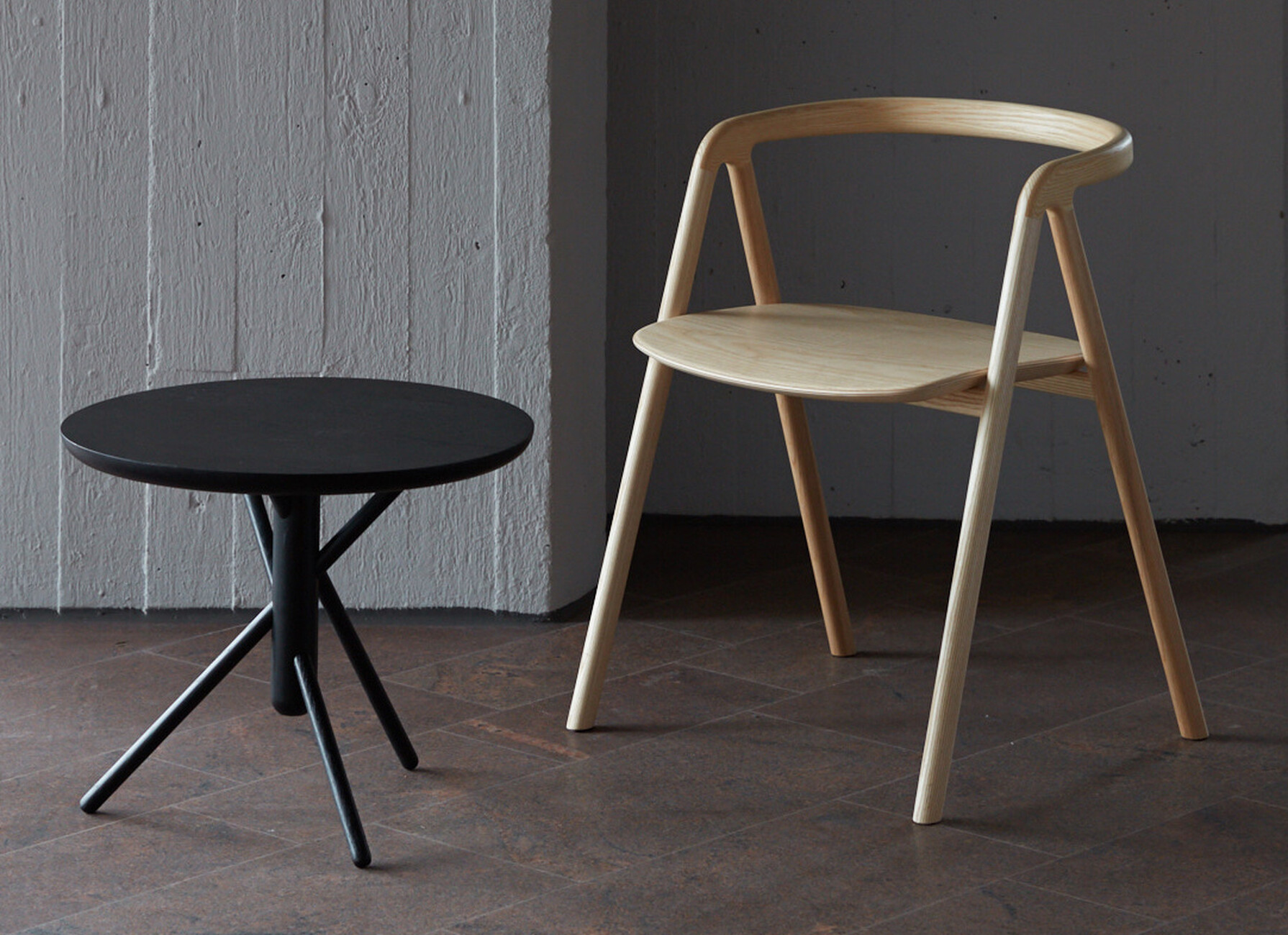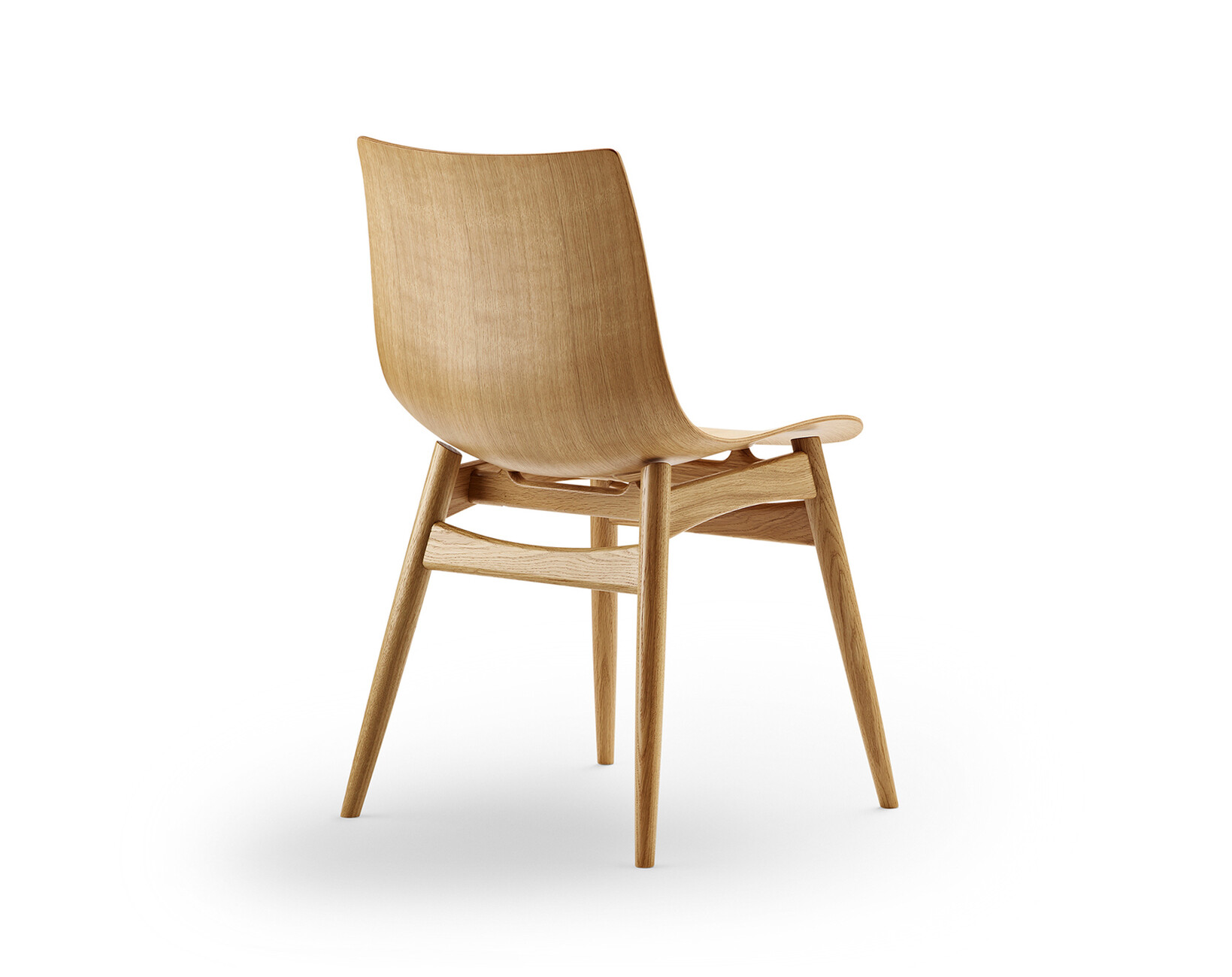The new “New Nordic”
It’s downright enviable: The work of Bjarke Ingels’ firm of architects BIG has furnished developers the world over with amazing and much-admired projects, René Redzepi has transformed Norwegian cuisine into culinary heaven, and everybody is crazy about Nordic design and the creative minds from Denmark, Sweden, Norway and Finland. So why is it that Neo-Scandinavianism works so well throughout the world? What is it about the Scandinavians? What makes them so successful? One reason is that they developed their own principles at an early stage and have stuck to them. And it is only in these days of globalism that they have drafted out these principles and formulated them into a proper motto – “think globally, act locally.” Back in the day, pioneers such as Alvar Aalto and Arne Jacobsen went traveling, appropriated what was known as the International Style and returned to find their own personal, innovative form of national expression. And what their young brands and current designers are capable of doing is referencing the past and reflecting on their own cultural heritage in order to create something new from them.
A sense of tradition
It is not only the brands that have been around for a while, labels such as Fogia, Normann Copenhagen, &Tradition, Design House Stockholm and Menu, whose designs have a contemporary feel to them, but even the “long-established” companies such as Fritz Hansen and Carl Hansen & Søn that have been able to bring their own contemporary designs to the table, thanks to the likes of Cecilie Manz, Kasper Salto, Christina Strand and Niels Hvass. And it is an even younger crowd of creative professionals working for the “newer” brands such as Made by Choice and Joanna Laajisto from Finland, Northern from Norway, and Frama, Nuura, Moebe, Møbel Copenhagen, Muuto and Karakter from Denmark. Finnish designer Saku Sysiö, whose credentials include having studied at the School of Design in Copenhagen before co-founding the design agency Aivan in Helsinki in 2007, appears to have found a master in Hans J. Wegner: His chair “Laakso” (Made by Choice) looks like a minimalist homage to the “Wishbone Chair” or the “CH_20” chairs of the 1950s, whose sweeping lines lend them a playful, delicate appearance but which are, at the same time, extremely unfussy and pared down. “Laakso” remains true to the material wood, with Sysiö not even trying his hand at a mixture of materials à la Wegner with paper cord, but opting for a narrow, U -shaped backrest which turns out to be surprisingly comfortable. In 2017 the chair garnered the title of “Best Chair” at the Restaurant & Bar Design Awards in the UK.
Of course, comparisons are difficult, particularly since the classics have had decades to prove their worth whereas the newcomers still have to leave their mark on the market. And yet associations inevitably spring to mind. At least the new kids remain true to old customs because yes, it does exist, that tradition that favors the economical use of materials, that boasts that restrained quality. With this in mind, Laajisto really does succeed in putting Nordic design in a nutshell when she states that “Nordic design combines local craftsmanship, honest materials, ecologically oriented values and an ethical approach.” Over the past 90 years, just about all the Scandinavian designers would probably have expressed things a similar way. And it is no coincidence that this native Finn, who went home to Helsinki in 2009 after eight years in the United States to establish her own design and interior design studio, has values that center around minimalism paired with functionality – after all, these were the values upheld by her countryman Alvar Aalto back in the day. At any rate, Laajisto has produced a collection that goes by the name of “Airisto” (Made by Choice) and consists of furniture that serves as side tables, stools and benches. She has succeeded in creating items that are exceedingly practical but, at the same time, make good statement pieces. Her design is original and timeless and is not a slave to short-lived trends. Each piece fulfills a certain function in the room without being flashy or displaying a boring shape or falling into the category of “already seen that kind of thing way too often.”
And this is the great challenge facing the latest generation of New Nordic designers: They all have the same materials at their disposal as their innovative forefathers – materials such as birch, pine and spruce – but they seek to achieve something new with these local raw materials. And nowadays this is not so very simple: When everything is moving so fast, when we have blogs and social media channels, when design is consumed like fast food, or rather when one trade fair follows the next, nobody can or should permanently ask for something new – but that is what everybody wants, otherwise all we ever see online is the same old same old. But, if only for reasons of sustainability, designers such as Joanna Laajisto and Cecilie Manz want to counteract the fast pace of modern life with their designs. “We designers are becoming increasingly conscious of the fact that what we do is important,” explains Manz. “Admittedly, saving the planet is not something that we think about every day; it’s not something that design can even do, but we designers can think up things that last a long time, both visually and in terms of the materials they use.”
Clever and minimalist
With this in mind, in 2014 carpenter Anders Thams joined forces with architects Martin De Neergaard Christensen and Nicholas Oldroyd to establish a brand by the name of Moebe in Copenhagen. “The idea behind our designs is to come up with simple constructions; we don’t glue anything, we don’t weld anything and we don’t use any screws,” explains Thams. “Instead we question established ways of constructing products. We attempt to pare down our designs to the simplest of shapes and functions – thus creating the kind of design that tends towards the banal. If, as in the case of the “New Shelving System,” banal is synonymous with clever/uncomplicated, then the principle is not only sustainable but even ingenious – the wooden shelves are fixed between their steel bearers by means of wooden wedges, meaning that this shelving system can be assembled without the need for tools. Moreover, using wedges affords the user as much freedom as he wants to play around with the system, to position the shelves wherever he likes and to adapt them to his own needs. This also fits in with the idea of temporary living. If somebody moves around a great deal this system fits in with anything, irrespective of whether the user has masses of space available or only a little.
Even if a number of these labels’ products are definitely reminiscent of the currently popular mid-century design, for example, Muuto’s “Loft Chair” and Northern’s “Yam Chair,” the impression never arises that these might be no more than mere copies. On the contrary, the products seem untrammeled by any kind of formal canon whilst still following in the tradition of simplicity and quality. Within the context of Scandinavian design and formal restraint it would appear to be Copenhagen-based Frama that adopts the most adventurous approach. The company’s extensive and highly varied collection boasts a number of products which blur the boundaries between design and art. One example is the metal “Rivet Side Table,” another, the chair “9.5°” by Danish designer Rasmus B. Fex. Overall the piece of furniture appears asymmetric and unsteady on its legs and completely unsuitable for sitting on. However, this impression is the result of an optical illusion. In fact the seat is perfectly balanced and it is only the crooked frame construction which challenges our accustomed ways of looking at things. This item of furniture follows the motto “keep it simple” in line with the Scandinavian style, but it does so in a witty way.
Security instead of surprises
Frama is the brand whose individual objects are most distinctive. Otherwise, there is definitely some repetition in terms of appearance. And not without reason, after all, Nordic design is meant to be recognizable as such, but with the new labels the consumer can’t help but get the impression that he has already seen this kind of thing before. Surprising? Not really. As Scandinavian designers all agree, they favor a minimalist look, work with wood and create the kind of products that are, first and foremost, easy to mix and match. What they lack is the courage to be different – but the question remains as to whether, amongst themselves, they would consider this a competitive edge or a disadvantage.
Something that Scandinavian style benefits from in terms of global acceptance is the fact that its design has remained true to itself over the decades. Both its past masters and its upcoming generation of designers have the same recurrent theme running through their work – a way of expressing themselves that is not a slave to fashion. For the Scandinavians it goes without saying that the craft tradition can benefit from the latest technologies and manufacturing techniques. But this does not mean that the old handicrafts are dying out, nor are the established customs when it comes to materials or the idea of providing everyday things such as furniture, lighting and ceramics with a beautiful and functional shape. And something else plays into the Scandinavians’ hands too: If the news gives us the impression that our world is shaken by one crisis after another, then something familiar can make us feel secure. Design can play this kind of role, and something constant has its own special value. At best, a familiar object can bring back good memories and elicit positive emotions. This being the case, the latest Scandinavian brands also succeed in taking advantage of the latest living and lifestyle trends – without recourse to too much hygge.
